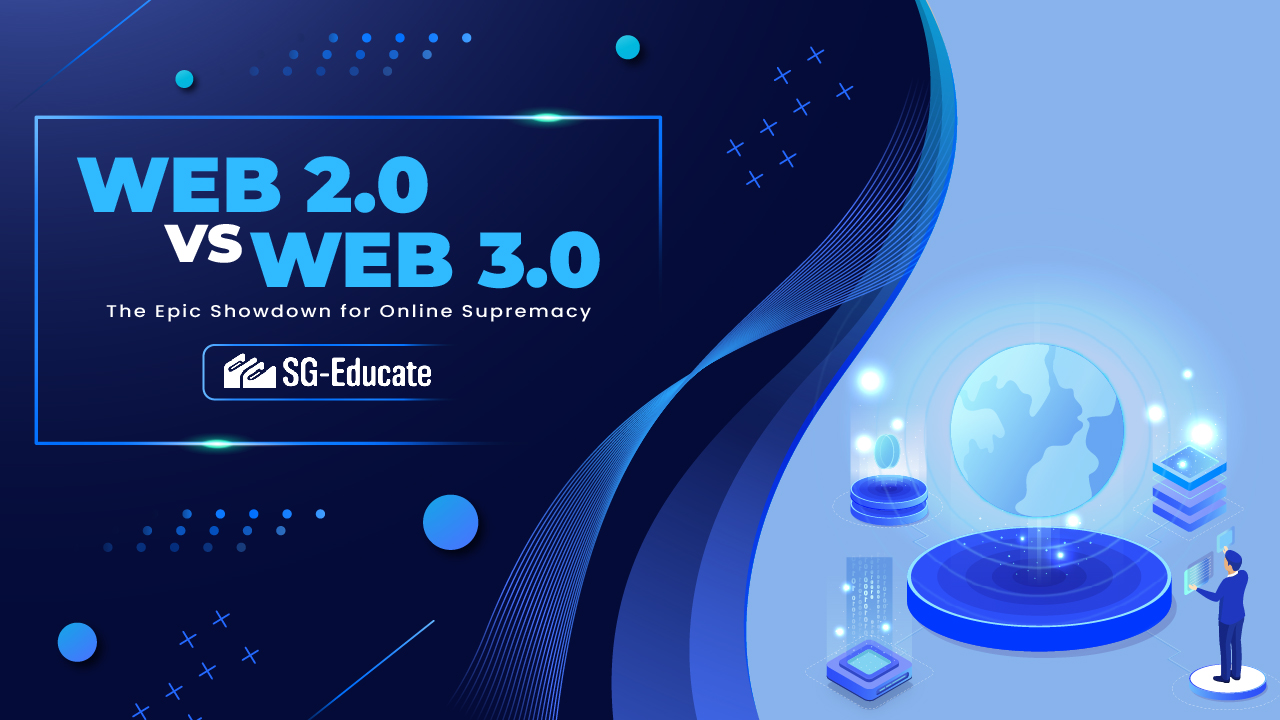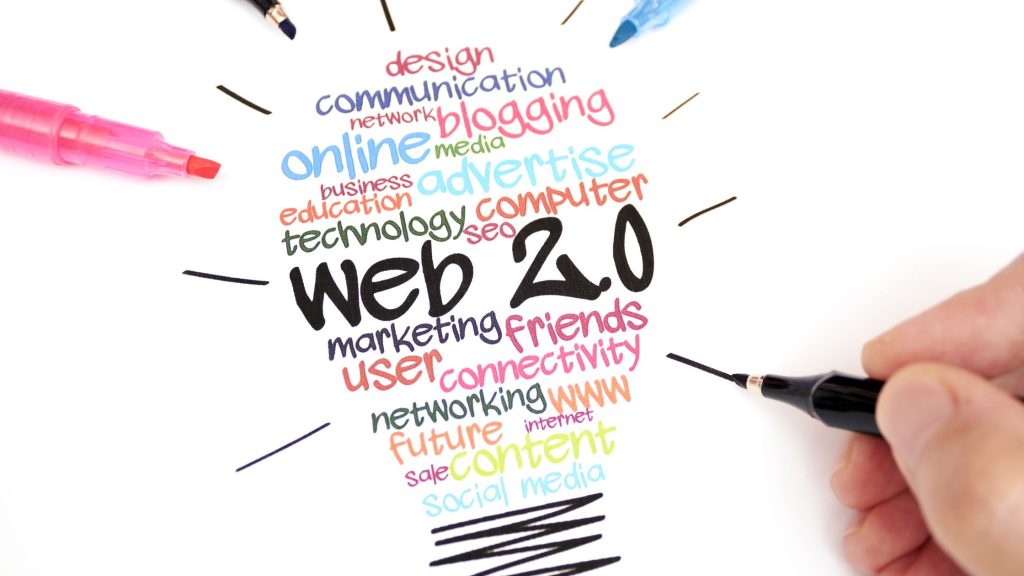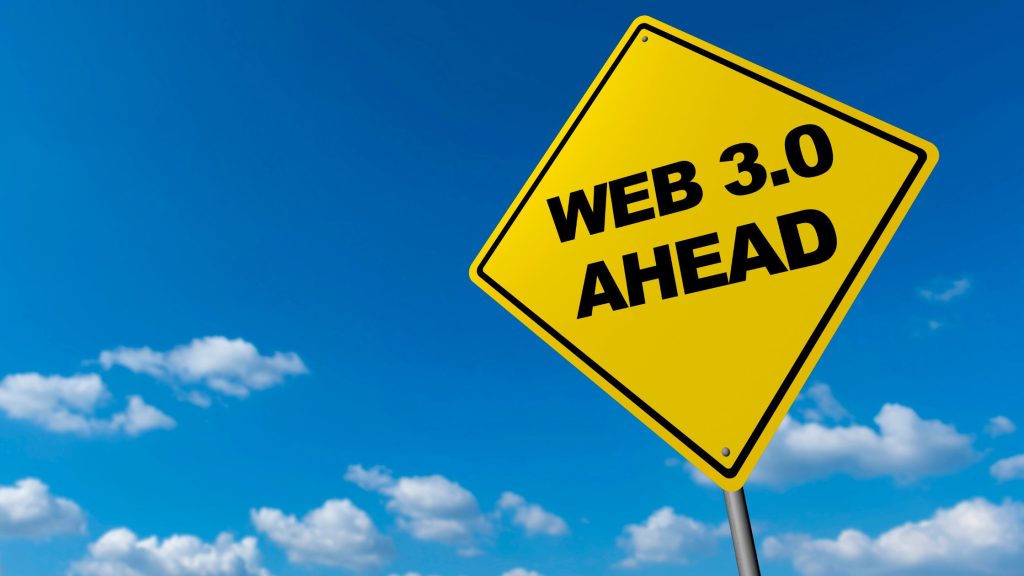- By Javeria
- January 10, 2024

In the rapidly evolving landscape of the internet, the distinction between Web 2.0 vs Web 3.0 marks a significant shift in how we interact with online platforms and information. As pioneers in the digital realm, we delve into the depths of these two pivotal phases to uncover their characteristics, differences, and implications for the future.
Web 2.0 refers to the second generation of internet services, which focuses on allowing users to interact with content on the web. Web 2.0 focused on the growth of user-generated content along with interoperability and usability for end users. The second-generation web does not focus on changing any technical specifications.
On the contrary, it emphasizes changing the design of web pages and the ways of using them. Web 2.0 is called a participative social web. Web browser technologies as well as JavaScript and AJAX frameworks can be used in Web 2.0 development. Currently, JavaScript and AJAX frameworks have also become the most popular ways to create web 2.0 websites.

Web3 is a collection of JS libraries that allows you to interact with an Ethereum node remotely or locally. It provides users with an API to use so they can easily work with the blockchain. Web3 is basically a connection between the Ethereum blockchain and your smart contract.

In Web3, generally, developers don’t build and deploy applications that run on a single server or that store their data in a single database. Instead, web3 applications either run on blockchains, decentralized networks of many peer-to-peer nodes (servers), or a combination of the two that forms a crypto-economic protocol. These apps are often referred to as decentralized apps, and you will see that term used often in the Web3 space.
Here are some of the key features of Web 3.0:
The succeeding evolution of the Web involves the Semantic Web. The semantic web improves web technologies to create, share, and connect content through search and analysis based on the ability to understand the meaning of words, rather than on keywords or numbers.
In the Web3 concept, the systems are expected to be available everywhere and anywhere. This is an extension of current software systems being developed with the help of technologies such as decentralization, edge computing, offline availability, and other technologies.
It is another key feature of Web 3.0 which is the natural profession of current systems where automation with the help of AI and ML is growing.
A three-dimensional design is being used broadly in websites and services in Web 3.0. Computer games, e-commerce, geospatial contexts, etc. are all examples of platforms using 3D graphics.
In the debate of Web 2.0 vs Web 3.0, there is no clear winner. Each phase brought its own set of innovations and challenges. While Web 2.0 empowered individuals and encouraged collaboration, Web 3.0 seeks to create a smarter and more secure digital realm. The future lies in embracing the strengths of both phases and pushing the boundaries of what the internet can offer.
Web 2.0 emphasizes user-generated content and social interaction, whereas Web 3.0 focuses on data interoperability, machine learning, and decentralization.
User-generated content was a central feature of Web 2.0, allowing individuals to actively create and share content online.
Web 3.0 is still in its developmental stages, with ongoing efforts to implement its core principles across the internet.
While increased interconnectivity offers numerous benefits, it also raises concerns about privacy, security, and data ownership.
Web 3.0 could revolutionize e-commerce by enabling secure and personalized transactions, eliminating intermediaries, and enhancing customer experiences.
Thanks for reading
Also Read: What is web3 | Complete overview of the decentralized web